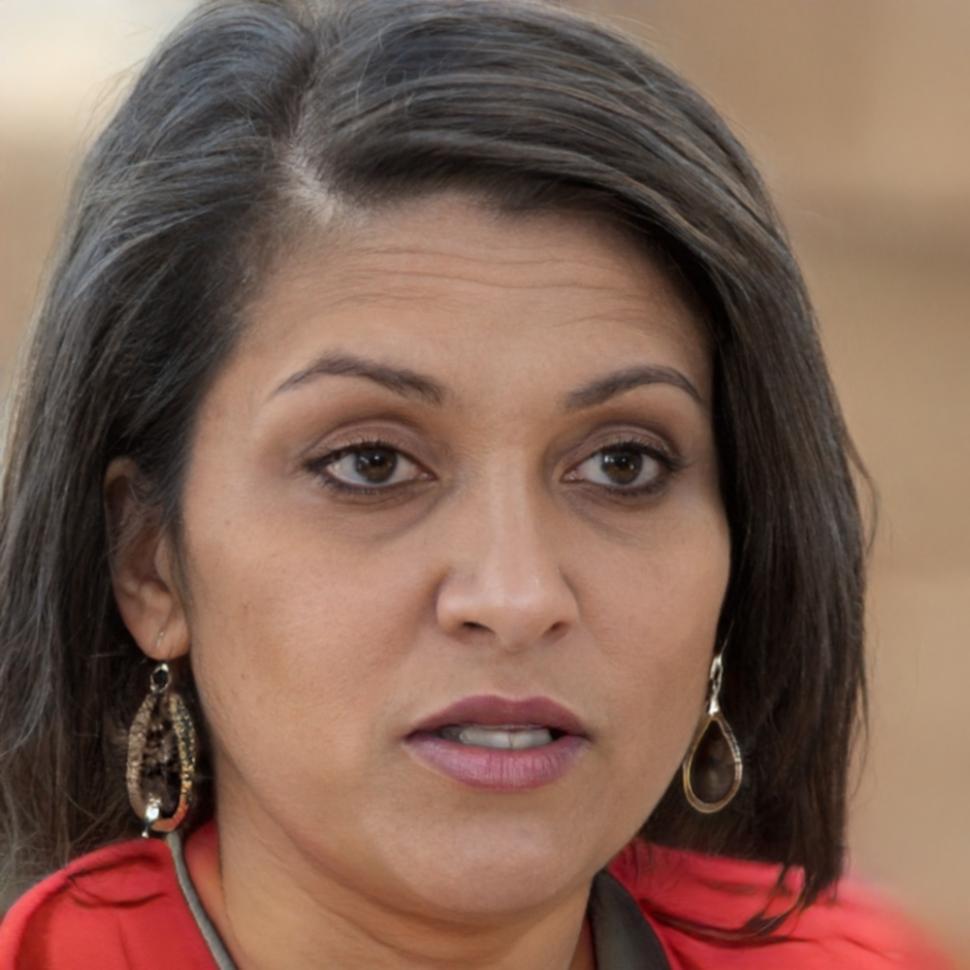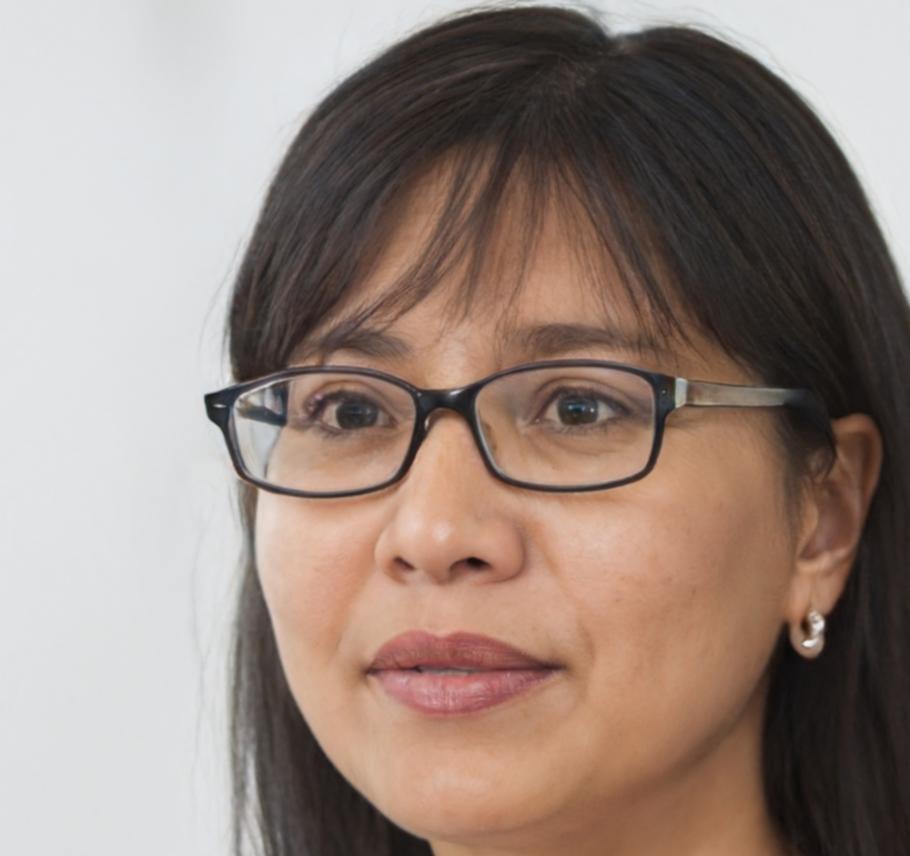Student Investment Projects
Real portfolios. Genuine learning. Students tackle seasonal investing challenges with mentorship from industry professionals who've seen markets through every cycle.
Winter Agricultural Futures Analysis
Third-year students examined wheat and corn futures during the 2024-2025 winter season. They tracked supply chain disruptions and weather patterns affecting crop yields across Ireland and continental Europe.
The project revealed how seasonal storage costs impact pricing models. Students learned that theoretical knowledge means little without understanding the practical challenges farmers face during harsh winter months.

Tourism Sector Recovery Tracking
A team of four students monitored Irish tourism investments throughout 2024's peak and off-seasons. They discovered how Dublin's hotel occupancy rates directly influenced regional B&B valuations.
Their research caught something interesting - smaller coastal properties showed resilience that larger chains missed. Sometimes the most valuable insights come from looking where everyone else isn't.

Energy Consumption Patterns Study
Students tracked renewable energy investments across different Irish counties during autumn 2024. They mapped how wind farm output correlates with seasonal energy demand and discovered gaps in conventional forecasting models.
What started as a simple assignment became eye-opening research. Real data shows patterns that textbook examples simply can't capture.

How Projects Develop
Each project follows a structured path from concept to completion, with regular checkpoints and mentorship throughout.
Market Selection & Research
Students choose seasonal sectors that interest them. Agriculture, tourism, retail, and energy are popular choices.
Initial research involves gathering baseline data and understanding market cycles specific to their chosen sector.
Data Collection Phase
Three months of tracking real market movements. Students use professional databases and tools used by actual fund managers.
Weekly check-ins help identify patterns and adjust research methodology as markets evolve.
Analysis & Hypothesis Testing
Students develop theories about seasonal patterns they've observed and test them against historical data.
This stage often reveals that markets behave differently than expected. Learning to adapt analysis is crucial.
Presentation & Peer Review
Final presentations to classmates and industry mentors. Students defend their findings and methodology.
Peer feedback often provides insights students missed during their focused research period.
Student Experiences
Current students share insights from their project work and what they've learned about seasonal investing patterns.

Niamh Brennan
My wind energy project taught me that weather data matters more than economic forecasts sometimes. Tracking actual turbine output versus projected returns showed me gaps in how the market prices renewable assets. It's not just about the technology - it's about understanding seasonal wind patterns that most investors ignore.

Siobhan O'Sullivan
Following potato futures through winter storage season was fascinating. I learned that small price movements hide bigger stories about supply chains and farmer decisions. The project helped me understand how seasonal factors create opportunities that institutional investors often miss because they're focused on quarterly reports instead of harvest cycles.
Joining Student Projects
Applications for autumn 2025 project participation open in June. Students typically spend one semester completing their chosen research focus.
Project spaces are limited to maintain quality mentorship ratios and ensure adequate access to research resources.
Submit Project Proposal
Choose a seasonal sector and outline your research approach. Proposals should demonstrate understanding of market cycles and identify specific questions you want to investigate.
Mentor Assignment
We pair students with industry professionals based on sector expertise and project scope. Mentors provide guidance throughout the research period.
Resource Access Setup
Students receive access to professional market data platforms and research tools. Training sessions ensure everyone understands how to use available resources effectively.
Project Launch
Formal project begins with clear timelines and milestone checkpoints. Students start data collection and begin tracking their chosen seasonal patterns.
